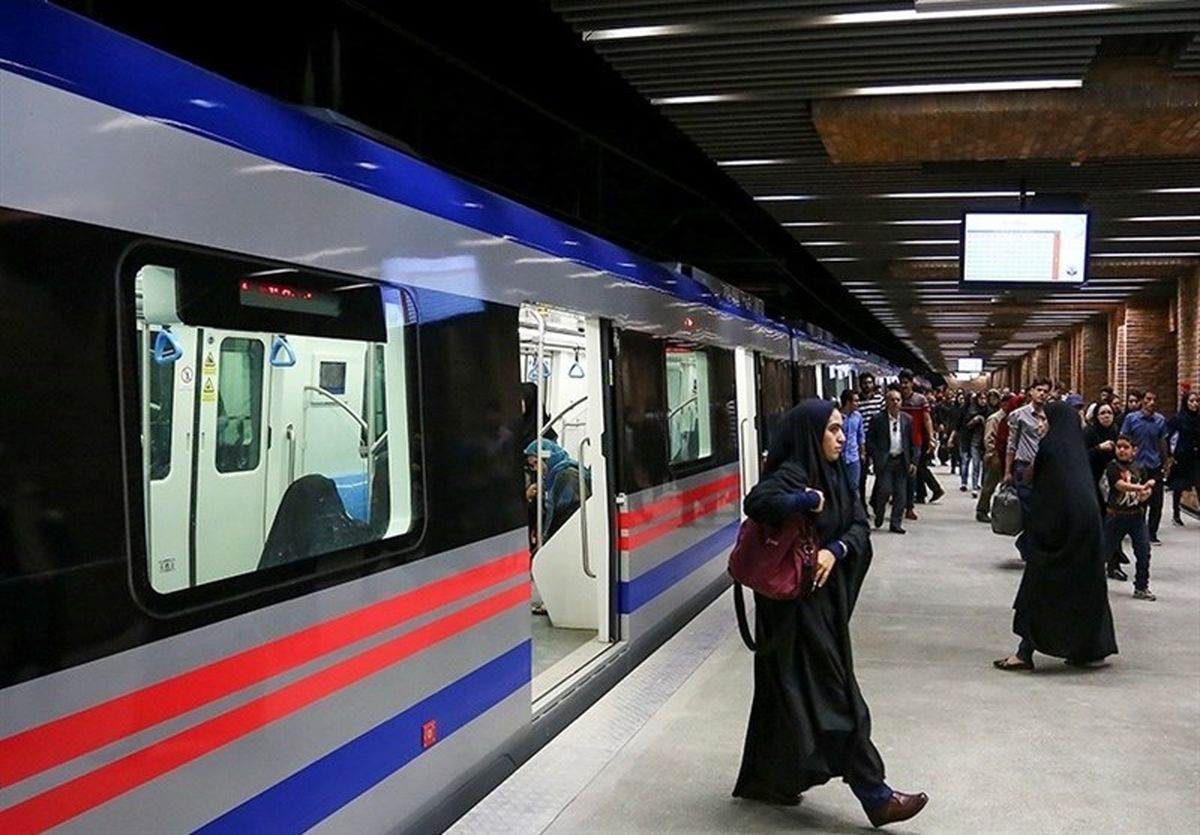Estimation of the origin and destination matrix of bus and subway passengers
Introducing the challenge:
From the beginning of the launch of a metro line, there are statistics and information of passengers who boarded at different hours and days by station. In the bus system, there has been an electronic ticket card system for more than ten years, and passenger statistics have been recorded by hour and day. If it is possible to obtain the behavioral pattern and characteristics of the users based on the existing data and using artificial intelligence, better planning can be done and based on the gender, origin and destination of the passengers, the type of travel and the purpose of the trip, suitable conditions and facilities can be provided for the audience. . One of the most important stages of transportation planning is determining the origin-destination matrix and it shows the volume of traffic from each urban area (origin) to other urban areas (destination). The usual and traditional method of obtaining this table is origin-destination statistics. Since this statistics requires spending a lot of money, time and manpower, the design of less expensive and faster methods has been studied and investigated by transportation researchers.
The purpose of this challenge is to estimate the origin-destination matrix of passengers. This matrix is considered as the adjacency matrix of a directed graph in which each node represents an urban area (zone) and the edge weight between two areas indicates the amount of travel from the source area to the destination area. The greater the number of passenger transfers between this origin and destination, the greater the weight should be. Considering that the electronic ticket card information is recorded only when the passengers board the bus and metro, the first step is the challenge of estimating the passenger’s destination, which should be estimated according to the next trips and the travel pattern of the passengers. In the next step, the origin and destination information is used to calculate the origin-destination matrix, and the matrix is considered as the output of the challenge.
Expected output:
The origin-destination matrix
Evaluation method:
The scientific method of problem solving and creative techniques are used
Evaluating the knowledge of the subject and the creative techniques used from the point of view of the business field (transportation)
The number of elements of the source-destination matrix
The degree of conformity of the origin-destination matrix with the matrix of comprehensive studies in terms of the distribution of elements and the linear ratio between the elements of the two matrices
The degree of compliance of other outputs such as gender, age range, purpose of travel with the information available in the latest version of comprehensive studies

